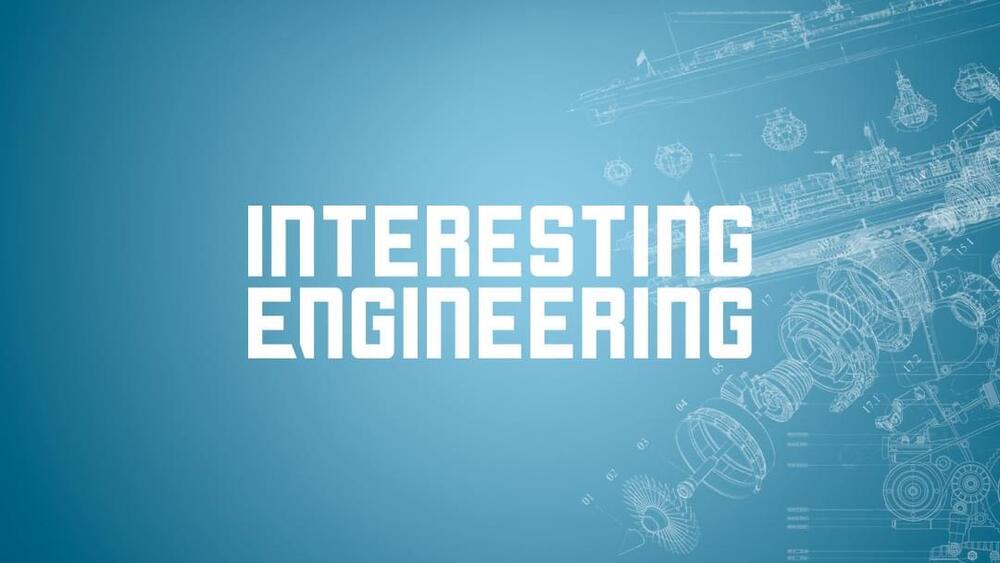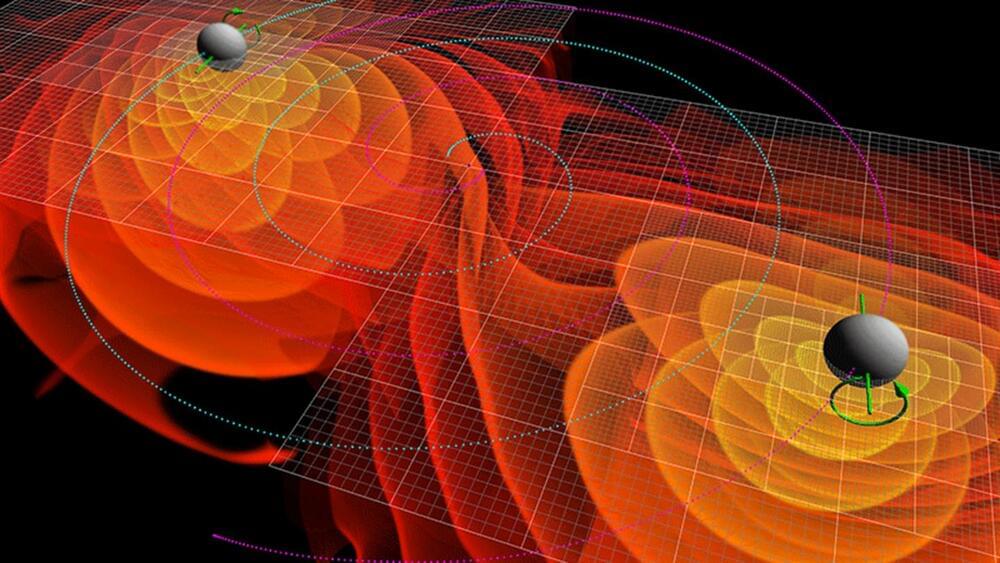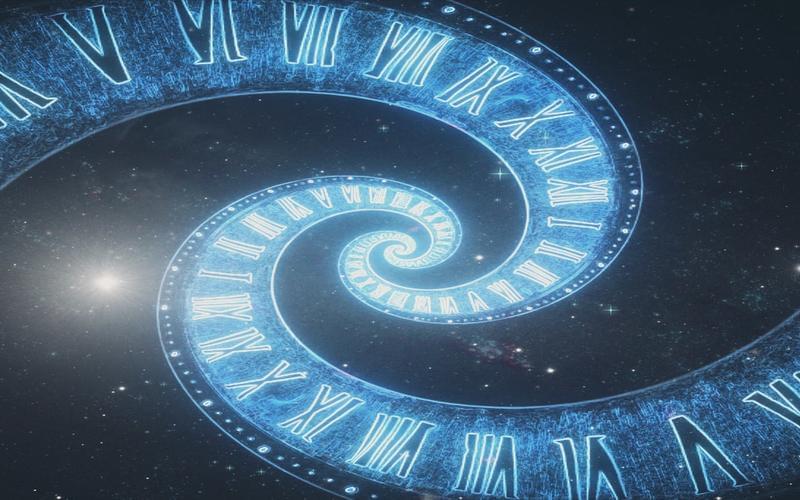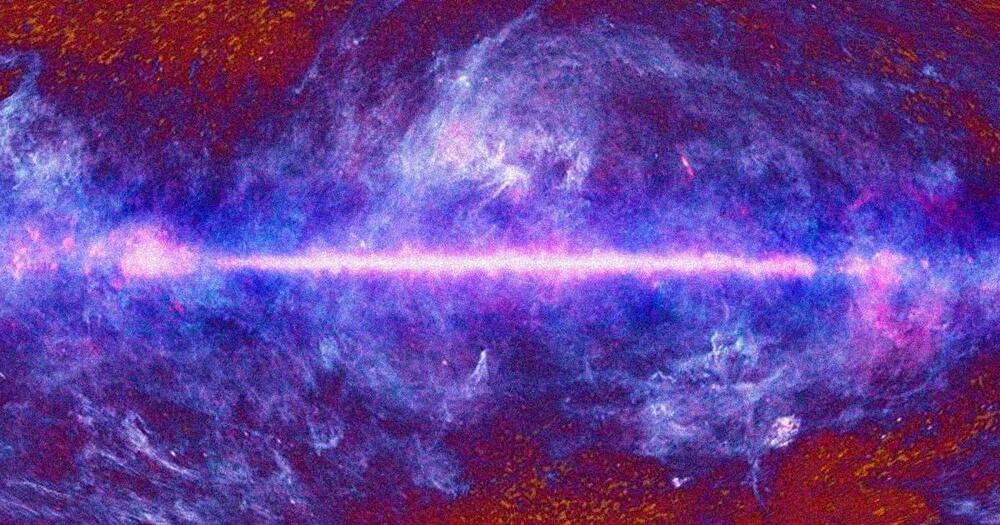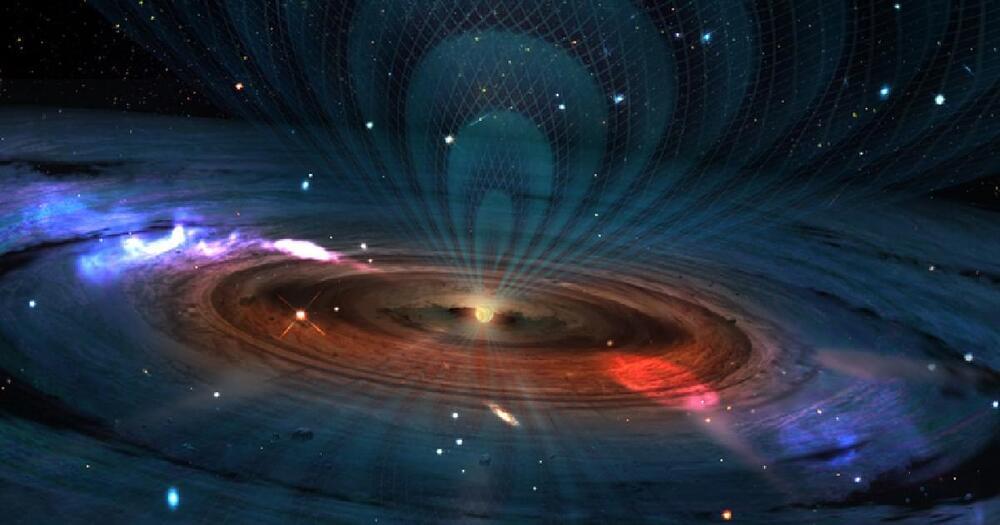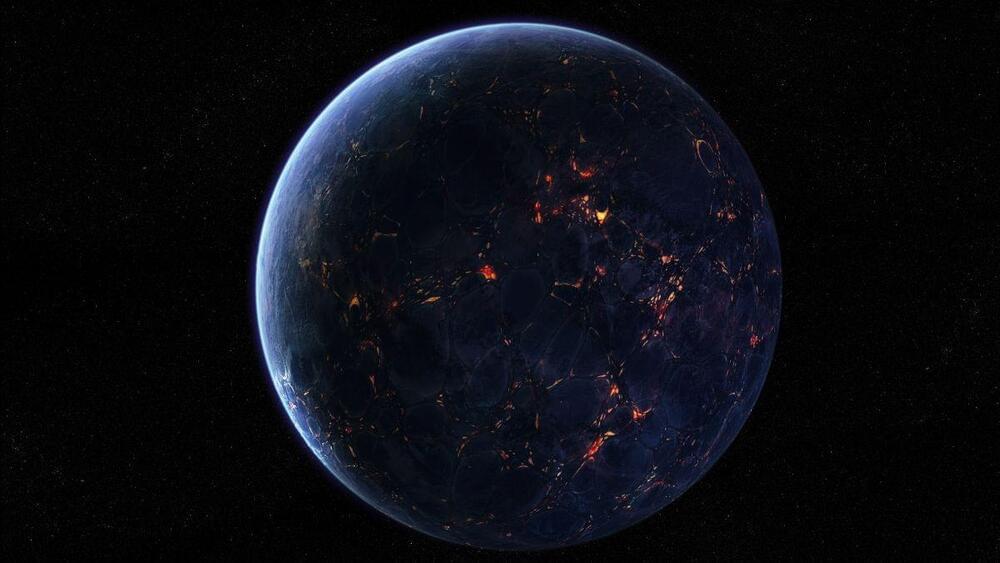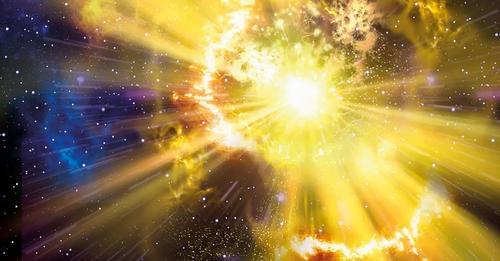But the dark matter hypothesis isn’t perfect. Computer simulations of the growth of galaxies suggest that dark-matter-dominated galaxies should have incredibly high densities in their centers. Observations of real galaxies do show higher densities in their cores, but not nearly enough as those simulations predicted. Also, simulations of dark matter evolving in the universe predict that every galaxy should have hundreds of smaller satellites, while observations consistently come up short.
Given that the dark matter hypothesis isn’t perfect — and that we have no direct evidence for the existence of any candidate particles — it’s worth exploring other options.
One such option was introduced back in the 1970s alongside the original dark matter idea, when astronomer Vera Rubin first discovered the problem of stars moving too quickly inside galaxies. But instead of adding a new ingredient to the universe, the alternative changes the recipe by altering how gravity works at galactic scales. The original idea is called MOND, for “modified Newtonian dynamics,” but the name also applies to the general family of theories descended from that original concept.
